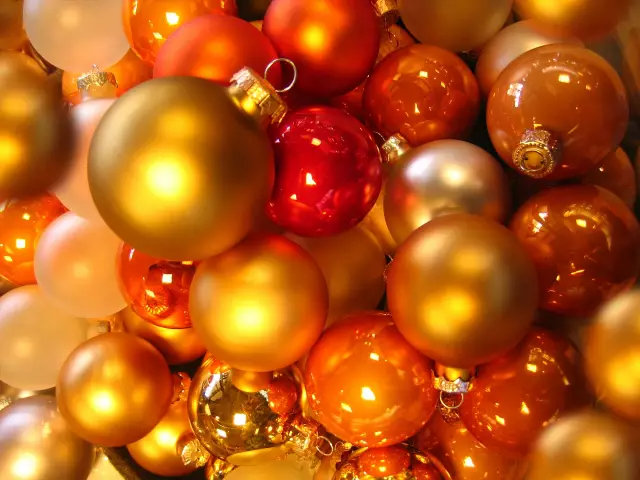- Author Caroline Forman [email protected].
- Public 2023-12-16 11:46.
- Last modified 2025-01-23 09:54.
Halloween, which many associate with modern American culture, is actually one of the oldest holidays in the world. Its direct creators were the Celts, but the peoples of many countries contributed to the formation of festive traditions and customs.

History and traditions of the holiday
The Celts, who once inhabited what is now Britain and northern France, were pagans. They subdivided the calendar year into 2 parts: summer and winter. On October 31, the Celts celebrated the end of the harvest, which coincided with the end of the year. According to ancient beliefs, on the last night of October, the evil prince of darkness Samhein kidnaps the sun god and holds him captive all winter.
On this night, the only time in a year, the gates of hell open, and the dead, who had the opportunity to walk on the earth until morning, arrange their ominous carnival. So that "evil spirits" did not harm them, people put all kinds of food on the street and sacrificed part of the harvest.
The Romans, who conquered the territory of the Celts, celebrated on the night of October 31 to November 1, the Day of Pompona - the goddess of the plant world. The tradition of fortune telling on apples and other autumn fruits passed from him to Halloween. In the 9th century, there was a mixture of pagan and Christian traditions, marked by the emergence of the Catholic Day of All Saints - All Hallows Even. Later, the name began to be shortened, as a result, it acquired a modern sound - Halloween.
Halloween was brought to America by the descendants of the ancient Celts - the Irish. The Spaniards and Mexicans have turned the ominous celebration of the dead into a bright and cheerful carnival, and in the United States, a pumpkin with a candle burning inside has become a familiar symbol of Halloween.
One of the oldest Celtic traditions was the lighting of night fires, symbolizing the sun's warmth and light. Bonfires attracted mosquitoes, and those, in turn, night hunters - owls and bats, which also became part of the symbolism of Halloween. It was also believed that bonfires attracted the attention of fairies.
Modern Halloween
Curiously, until recently, the once ominous Halloween was considered a fun children's holiday in most English-speaking and Spanish-speaking countries. Children dressed up in costumes of witches, devils, ghosts and other evil spirits and knocked on the doors of houses shouting: “Trick or Treat?”, Which can be translated as “Treat or regret!”. If the host refused to bring food, they could smear the doorknob with soot or paint.
Adults also did not want to stay away from the festive fun, so all kinds of Halloween costume parties became popular. In addition, the night from October 31 to November 1 is favorable for fortune-telling. True, people who are serious about ancient traditions still do not advise to tempt fate, because fortune-telling on this night, a person turns to representatives of "evil spirits" for help. And this still did not bring anyone to good.






